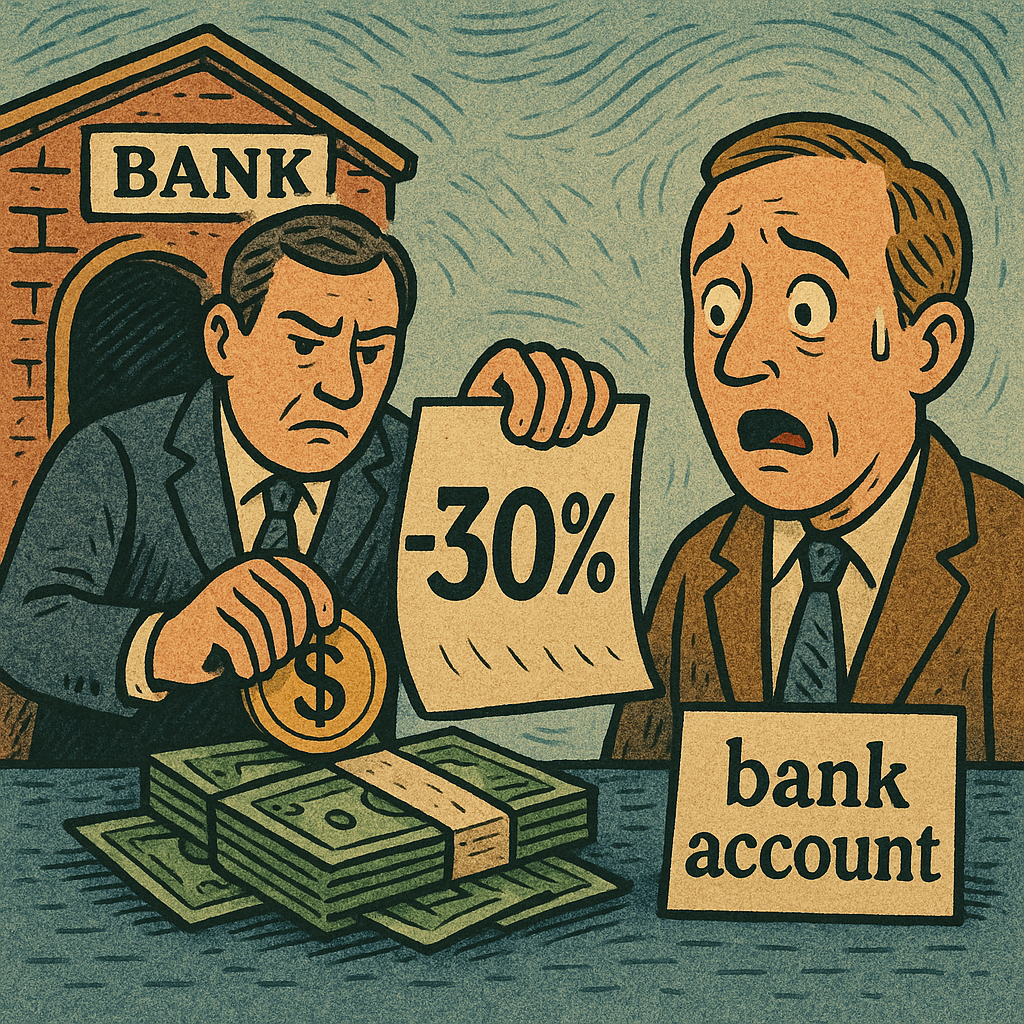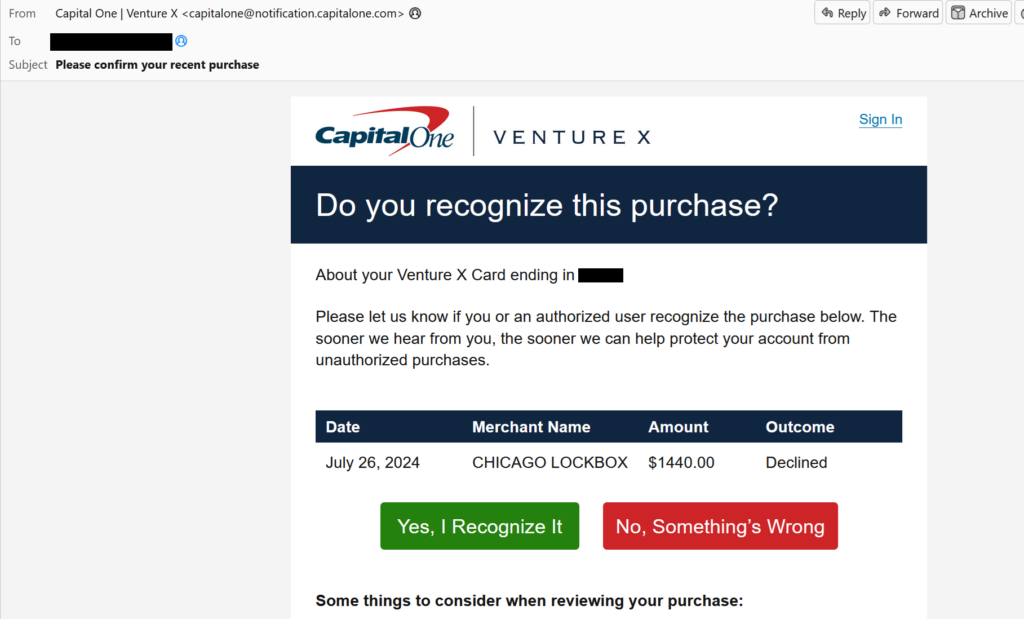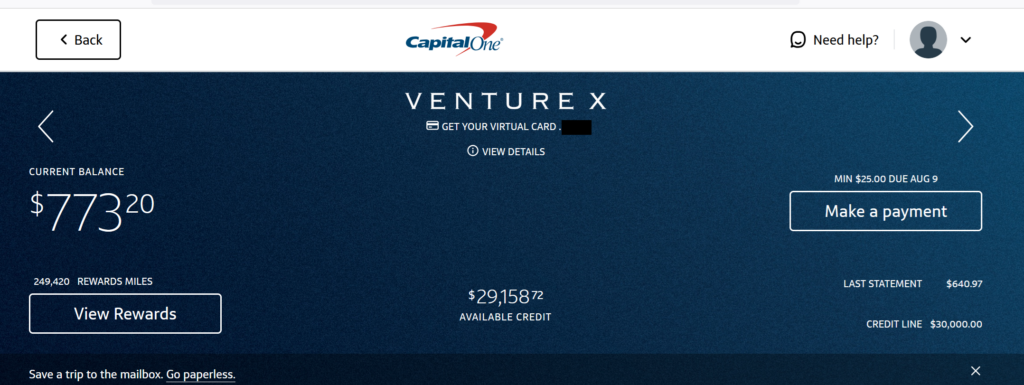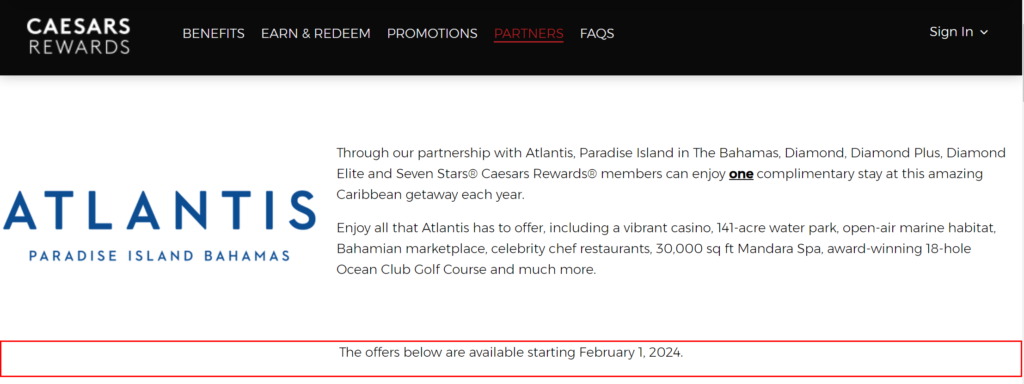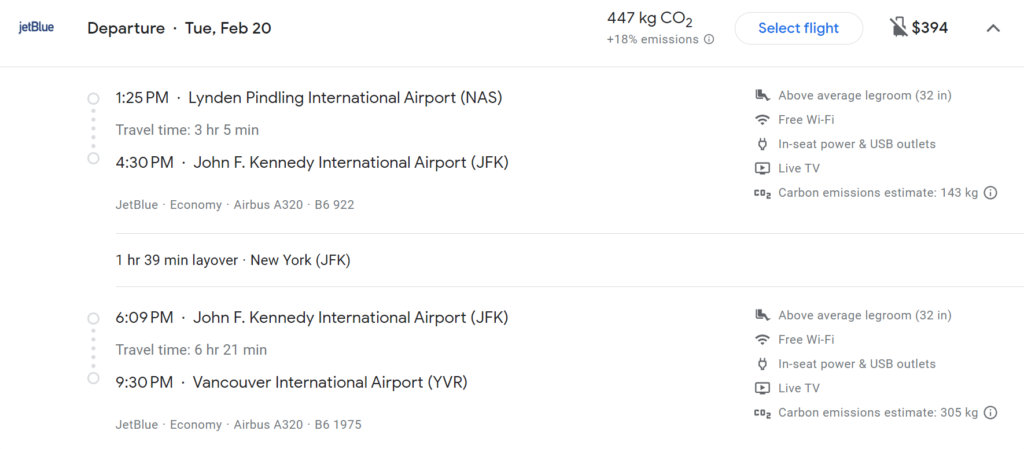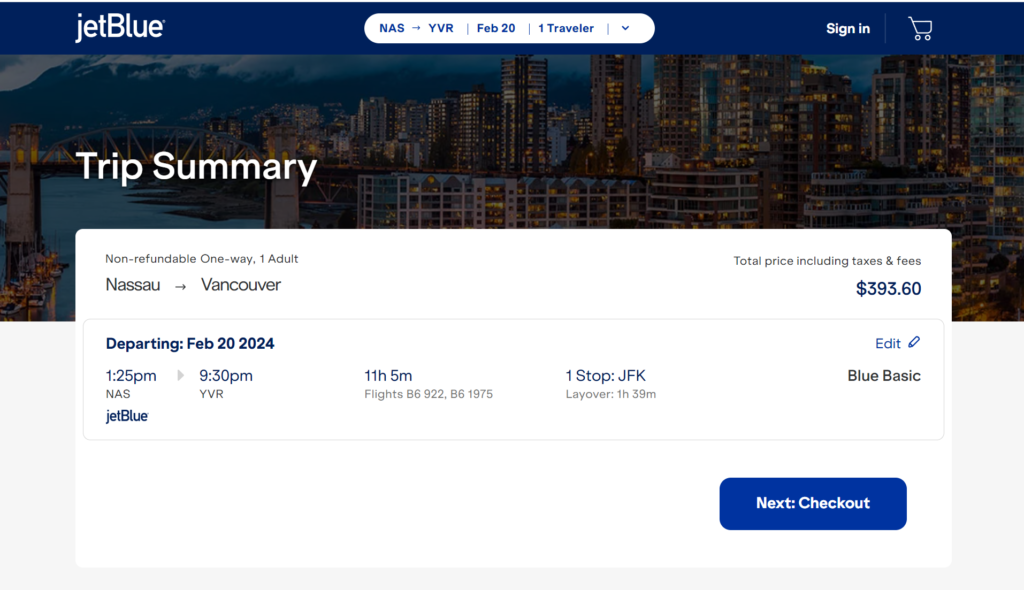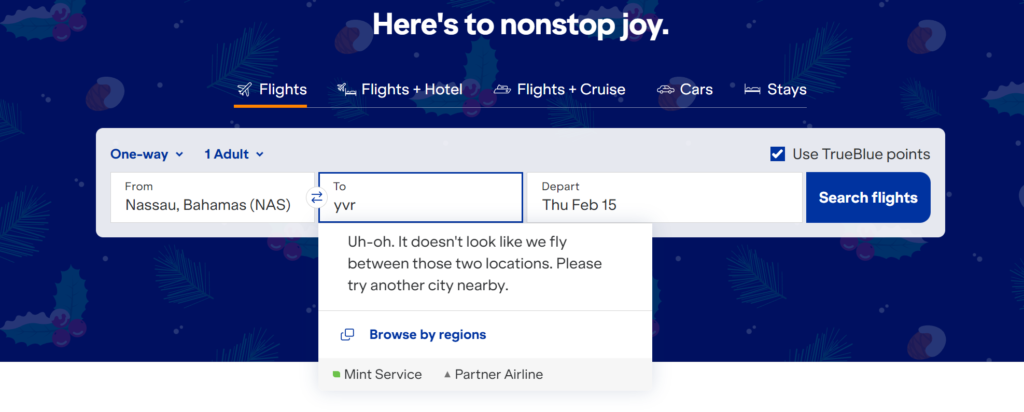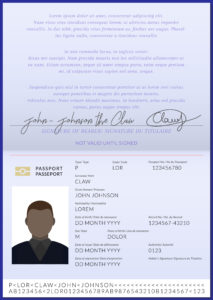Greetings from San Jose del Cabo, where we’re enjoying a long weekend before returning to our home airport of Vancouver. We have spent the past week in Mexico going through various bureaucratic processes to obtain Mexican residency for my spouse (that’s a whole separate topic). That took Monday through Thursday of this week, and we’re now celebrating with a long weekend in Cabo. We’re grateful to be here, because we almost didn’t get here.

A few months ago, I booked our travel. We flew Aeromexico to Mexico City via an economy class award ticket issued through Flying Blue (16.5k each, but I got a 25% transfer bonus so it was really just over 13k bank points per person). I wasn’t able to get a return flight from Mexico City with points, so I started looking at other airports and eventually found two economy class seats on WestJet from San Jose del Cabo, which I booked via Delta for 16k per person (since then, the price has gone up to 19k per person).
“OK, that will work, what can I make happen in Cabo?” I thought. I did some digging, and I was able to book an all inclusive resort called the Grand Decameron for 15,000 Wyndham points per night. Conveniently, I had enough points (earned from a credit card signup bonus), so I went ahead and did it. Great! Flight down, flight back, Mexico City hotel booked, resort booked for a long holiday weekend at a well below market price, and all I needed to figure out was how to get from Mexico City to San Jose del Cabo. Nothing was available with points, so I bought on price and schedule. That ended up being a Volaris flight from Felipe Ángeles International Airport (NLU), which is the new airport in Mexico City. Two tickets, with required upsells to check in at the airport (I assumed, correctly, that this would be necessary when traveling with someone who holds a Kazakh passport) and bring a carry-on bag, came to a little over $94. That seemed ridiculously cheap, but flights from this airport are a lot less expensive than the main airport in Mexico City. It has low operating costs, most flights are domestic, and it hosts almost exclusively low cost carriers.
I didn’t know anything about Volaris, but as I read more about them, one recurring theme came up: they’re notorious for overselling, and they play games with check-in to make you late for your flight. We showed up two hours before departure, and were the second in line. Volaris took a full 30 minutes to check in the person in front of us, so we wondered whether they were playing that game with us! Eventually the agent did check us in, though.
Except there was a problem. Our boarding passes said “STANDBY” in big, bold lettering.
The agent explained that Volaris was oversold and we had been put on a standby list. We’d have to check in at the gate, and if anyone else missed their flight, we’d be assigned seats. Otherwise, they’d either give us a refund or put us on the next flight. The only problem was, their next flight wasn’t until tomorrow. We headed to the lounge (which was amazing, uncrowded, and probably the best Priority Pass lounge I have ever visited) while I figured out backup options.
Viva Aerobus (another Mexican low cost carrier) had a 5:30pm flight with two seats available, and they were a little over $100 each. I figured that worst case, I’d grab those and at least we’d be able to check in to our hotel without losing a night. I teed it up and got it ready to go, and we headed to the gate. The flight was preboarding, but the gate agent took our “just kidding” standby passes and told us to wait. Everyone boarded ahead of us, there was some furious typing, many pictures taken with smartphones, and my spouse was handed a boarding pass with a seat number. I wasn’t handed a boarding pass. “Don’t worry, go ahead and board, I’ll catch up on the next flight” I said. Some more frowning, and typing, and a couple of calls on the radio, and a few minutes later the agent handed me a boarding pass on which she had written “9B.”
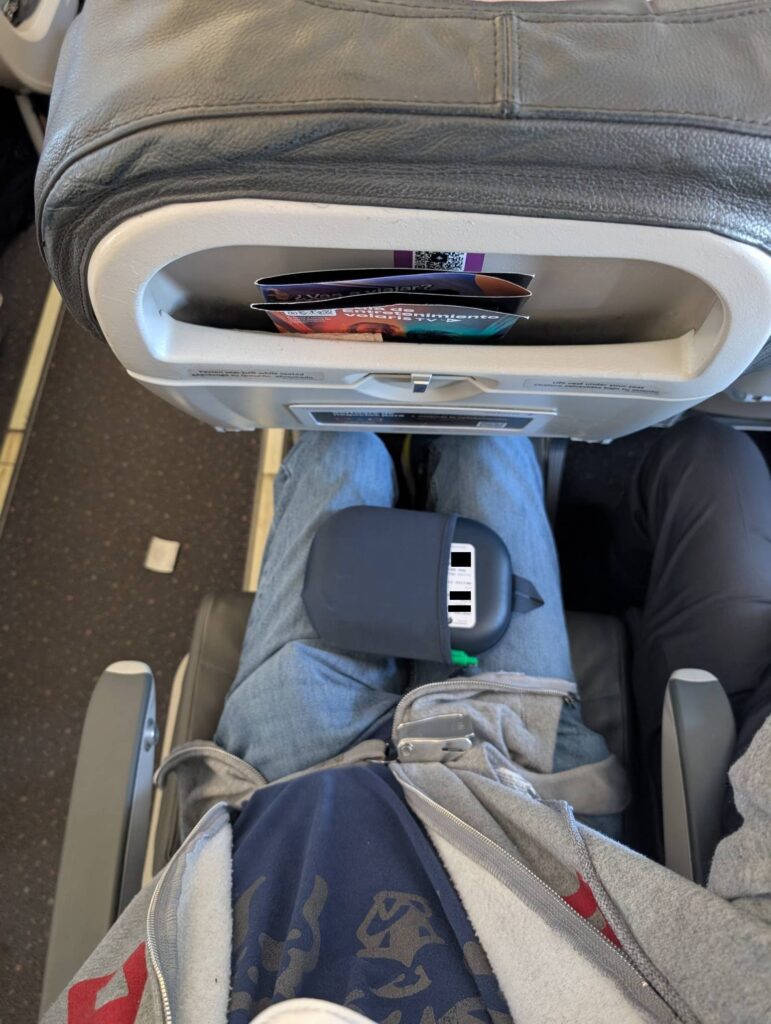
“Board now!” she said, as if this was somehow our fault. “The door is closing.” We high tailed it down the jet bridge and onto our flight. Miraculously, we both found overhead bin space, but given that this airline charges for it, it doesn’t seem like the overhead bins were as stuffed as they normally are. The door closed and we left on time. It was a dirty and tired A320, with some of the tightest seat pitch I have experienced this side of Ryanair, but it was a seat on a plane to Cabo on a schedule that wouldn’t torpedo all of our other arrangements.
When I booked the ticket, I didn’t really consider the possibility that the airline would say “just kidding” in a way that I largely don’t have recourse. This is because I’m used to flying in the US and Canada, where both countries require hefty compensation for involuntarily denying boarding to passengers. This is not the case in Mexico! All that Volaris would have owed us is a refund for our tickets, plus a 25% penalty. That wouldn’t come anywhere close to covering a last minute, walk-up fare on another airline. Given the limited financial exposure, Mexican domestic airlines happily oversell domestic flights (this seems less common on Aeromexico because so many of their passengers connect internationally where consumer protections may be stronger).
In the end, fortunately, it worked out. But holy smokes, that was one heck of a nail-biter! And that’s why I’ll add another dimension to using NLU airport in the future. If you’re making travel arrangements with Mexican airlines, your confirmation might be as solid as you get from a Tinder date. If that’s the case, it’s better to fly from an airport with plenty of backup options. That may well but NLU, but it might not be. Be sure to check.

